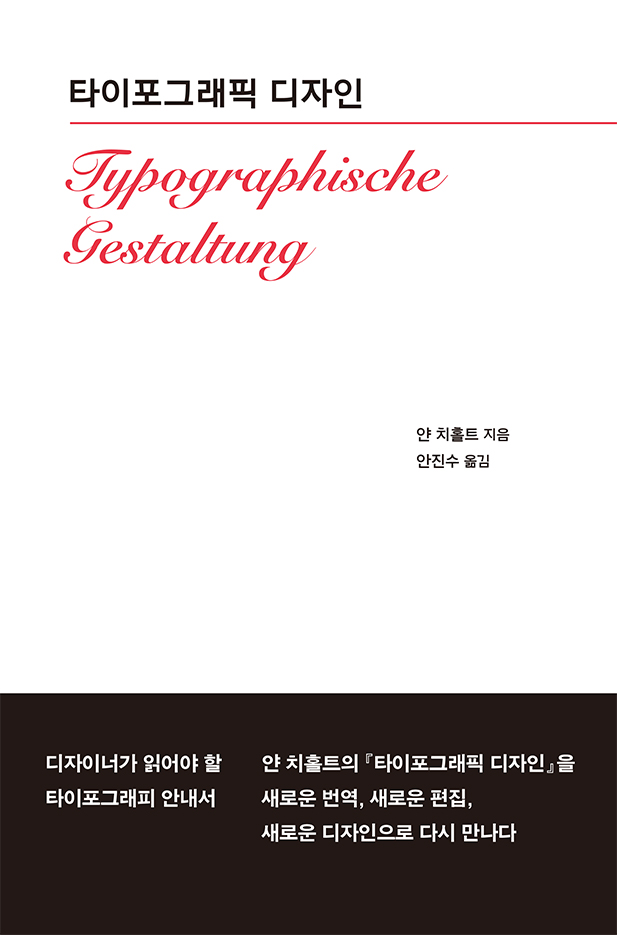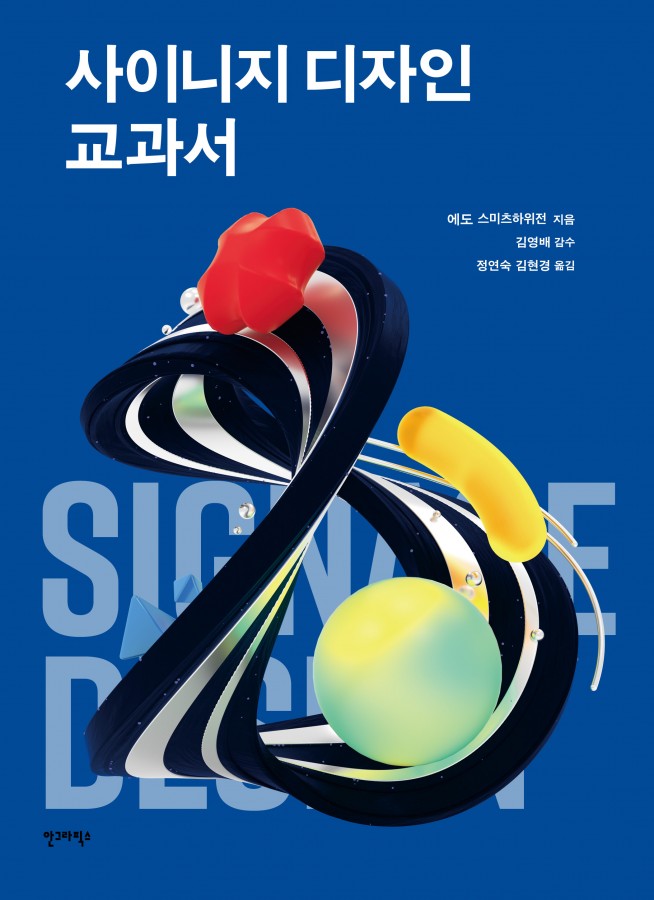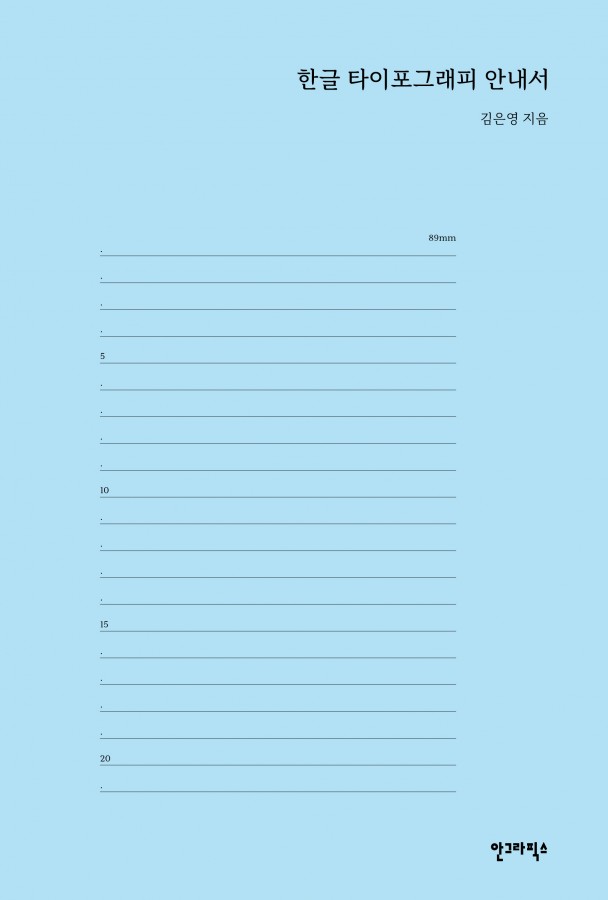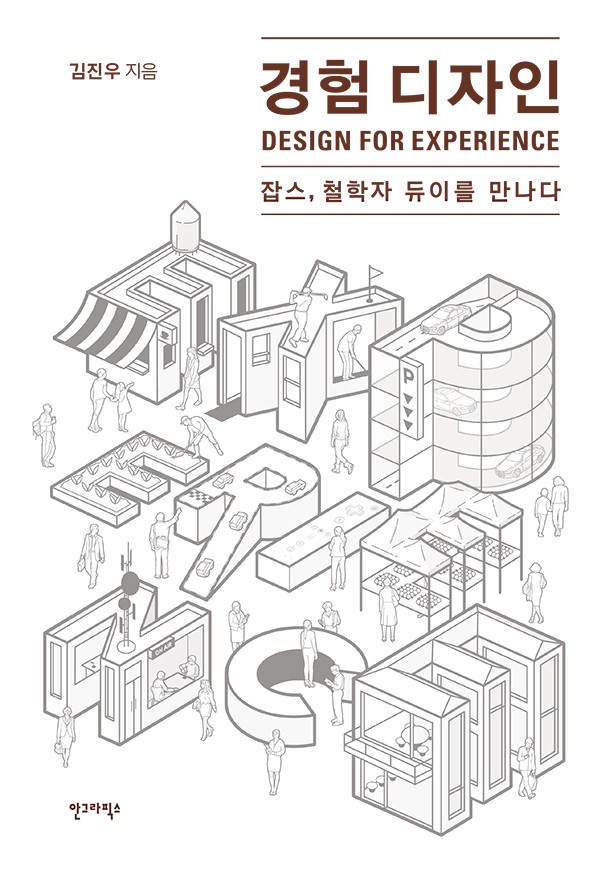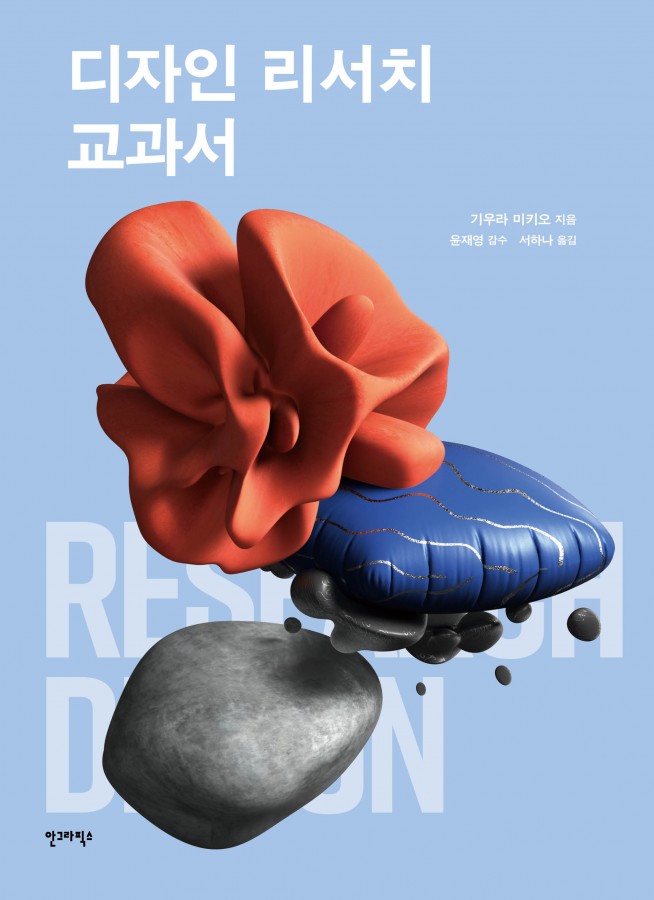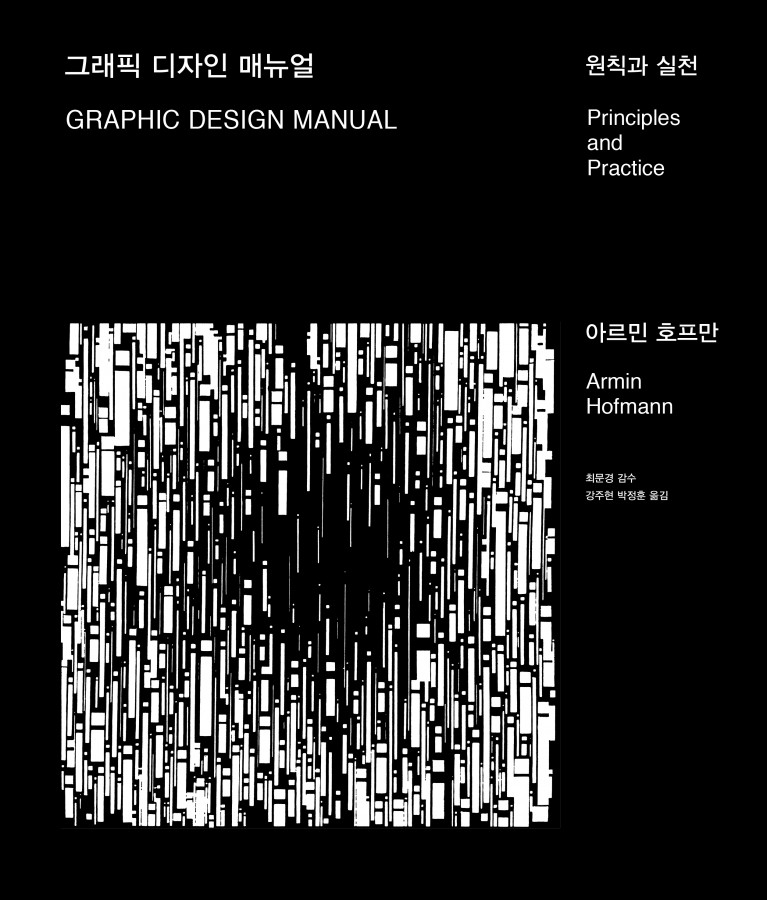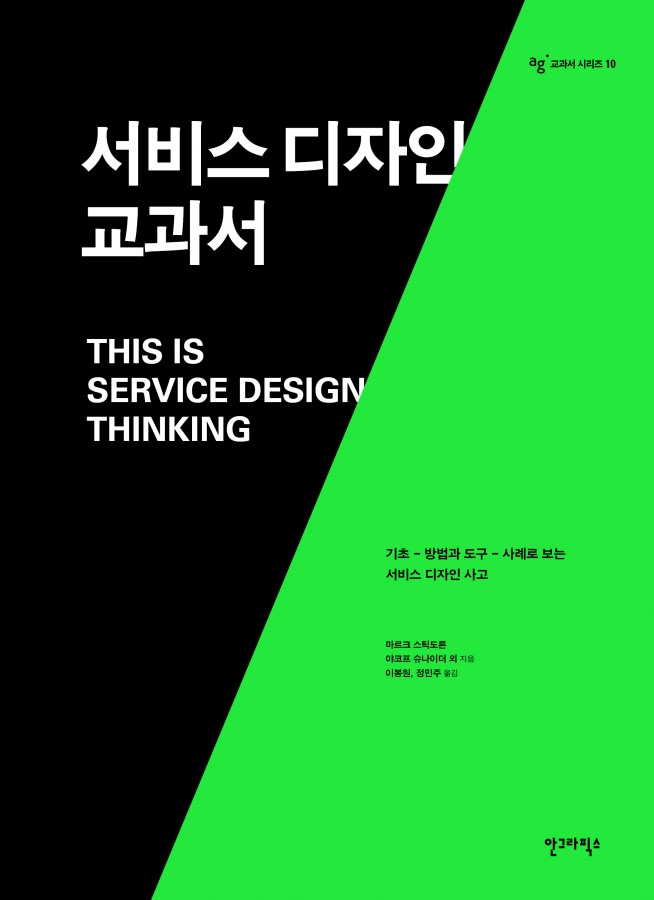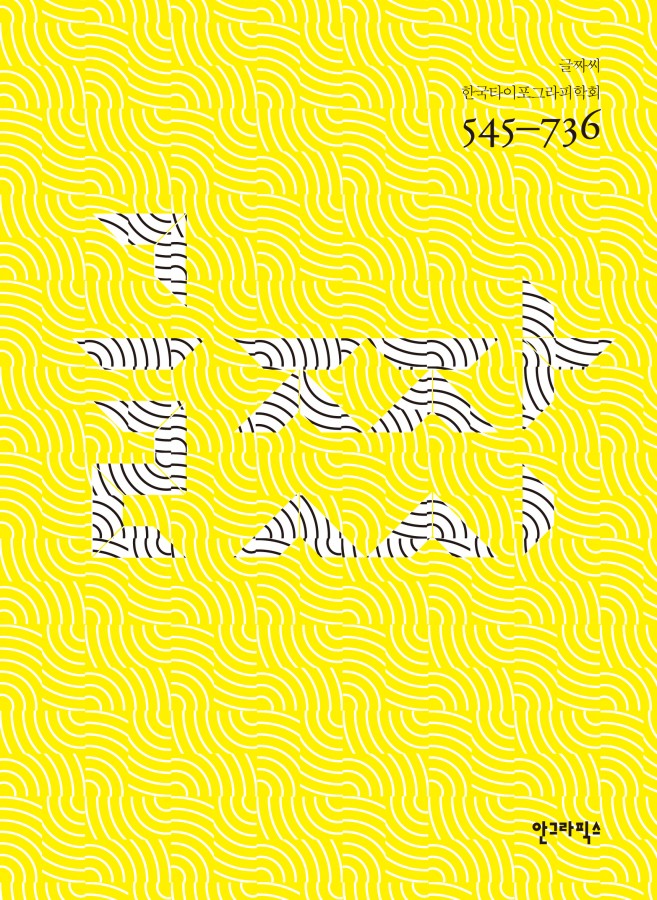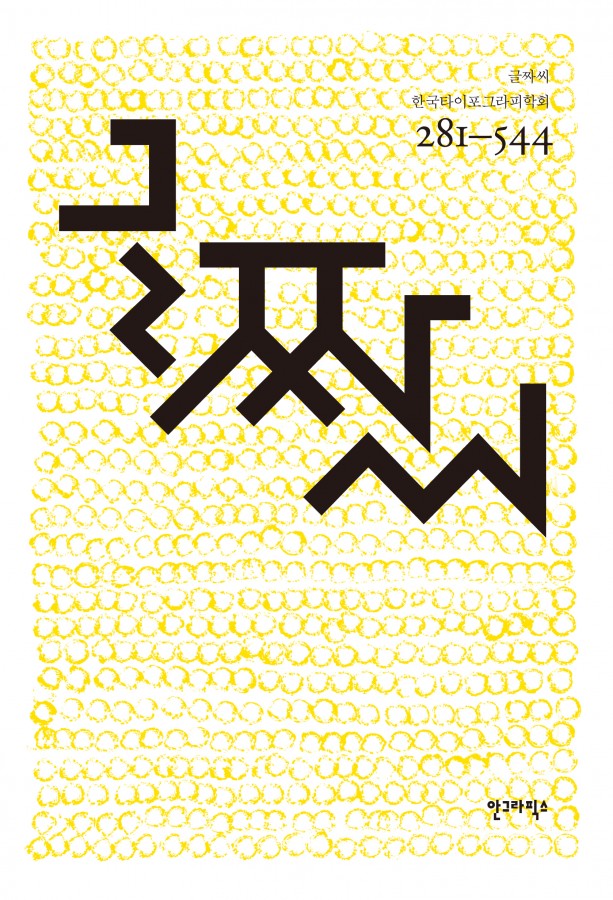Typographic Design: A Fundamental Guide to Typography
This book, Typographic Design, is a theoretical work written by Jan Tschichold in 1935, after he moved from Germany to Switzerland following Nazi persecution. It serves as a significant follow-up to his influential 1928 book, The New Typography.
While The New Typography was bold, radical, and somewhat dogmatic, sparking intense debates about modern typography, this later work reflects a more refined and mature perspective. Here, Tschichold further develops his views on justified typesetting, decorative typography, and design principles, questioning and re-evaluating his own earlier arguments.
The book systematically examines both micro-typography (letters, words, lines, paragraphs, grids) and macro-typography (page composition, paper formats, tables, lines, and color usage). Tschichold does not simply lay out rules—he critically questions and answers them himself, adapting his ideas to a modern reader’s perspective. Even today, his insights on book design remain highly relevant, not only for designers but also for anyone who reads and appreciates well-crafted books.
The Return of the ‘Yellow Book’ – The Only Official Korean Translation of Jan Tschichold’s Work
The first formal introduction of Jan Tschichold to Korean readers came with the 1990 publication of Typographic Design. Prior to this, his theories were only referenced through citations in typography books.
This book, often called the ‘Yellow Book’ due to its distinctive cover, became a quiet legend among graphic designers, editors, and publishing professionals, serving as a fundamental typography textbook.
With the 2006 revised edition now out of print, Tschichold’s words have long existed only in footnotes and citations. However, this new faithful Korean translation, by typography expert Ahn Jin-soo of Basel School of Design (Switzerland), brings back Tschichold’s voice in its original clarity, offering readers a fresh opportunity to engage with the wisdom of one of typography’s greatest pioneers.
